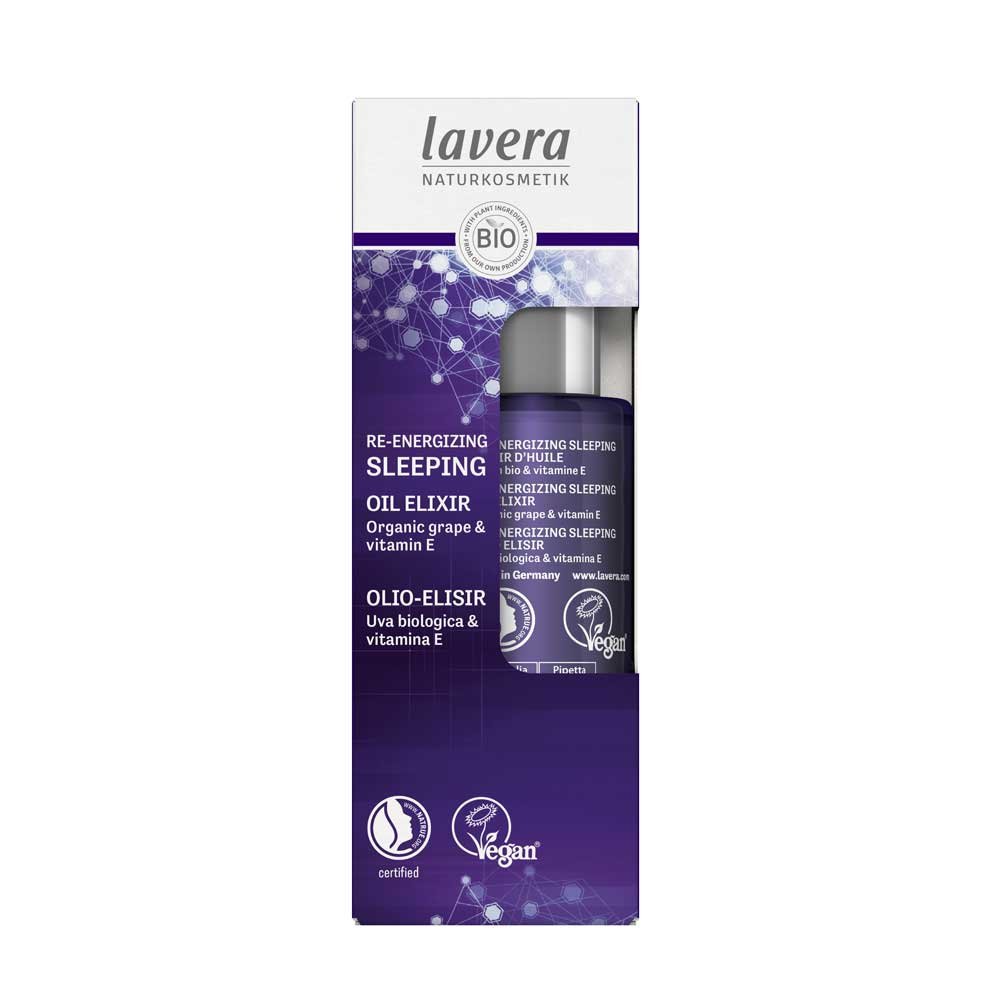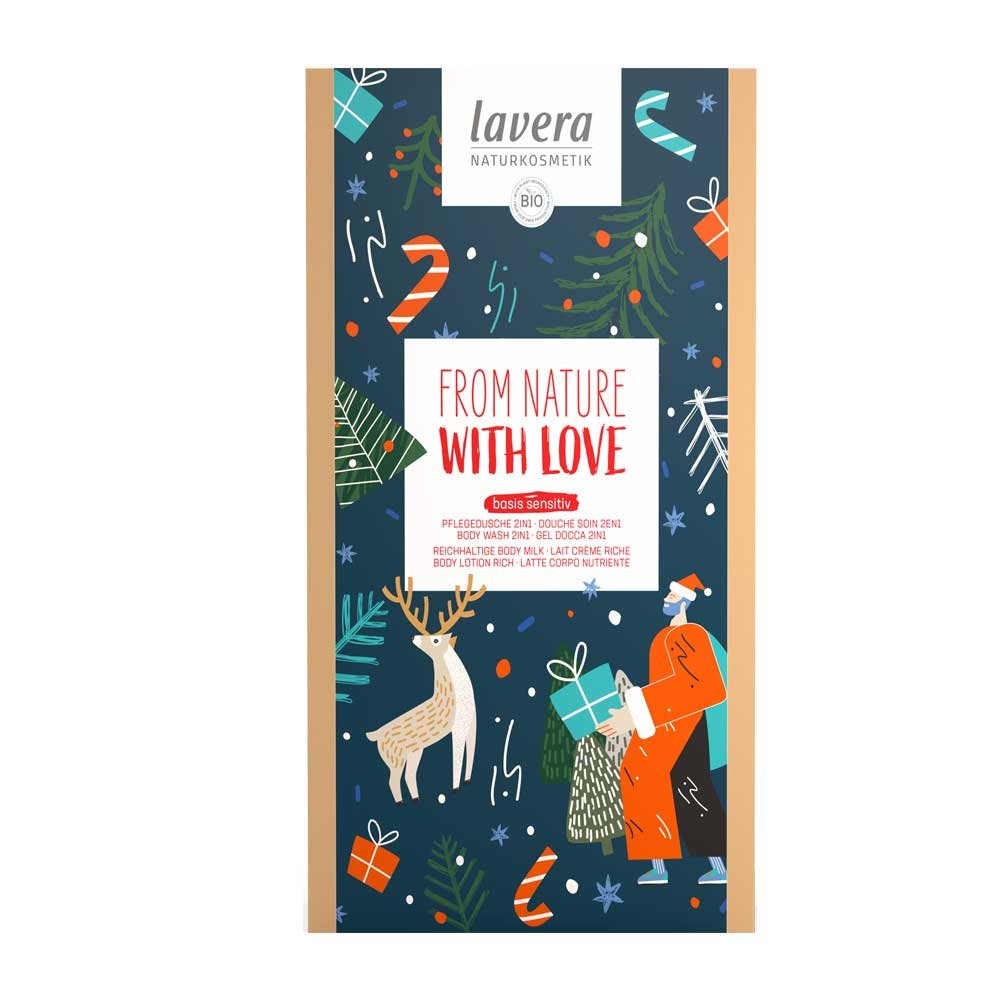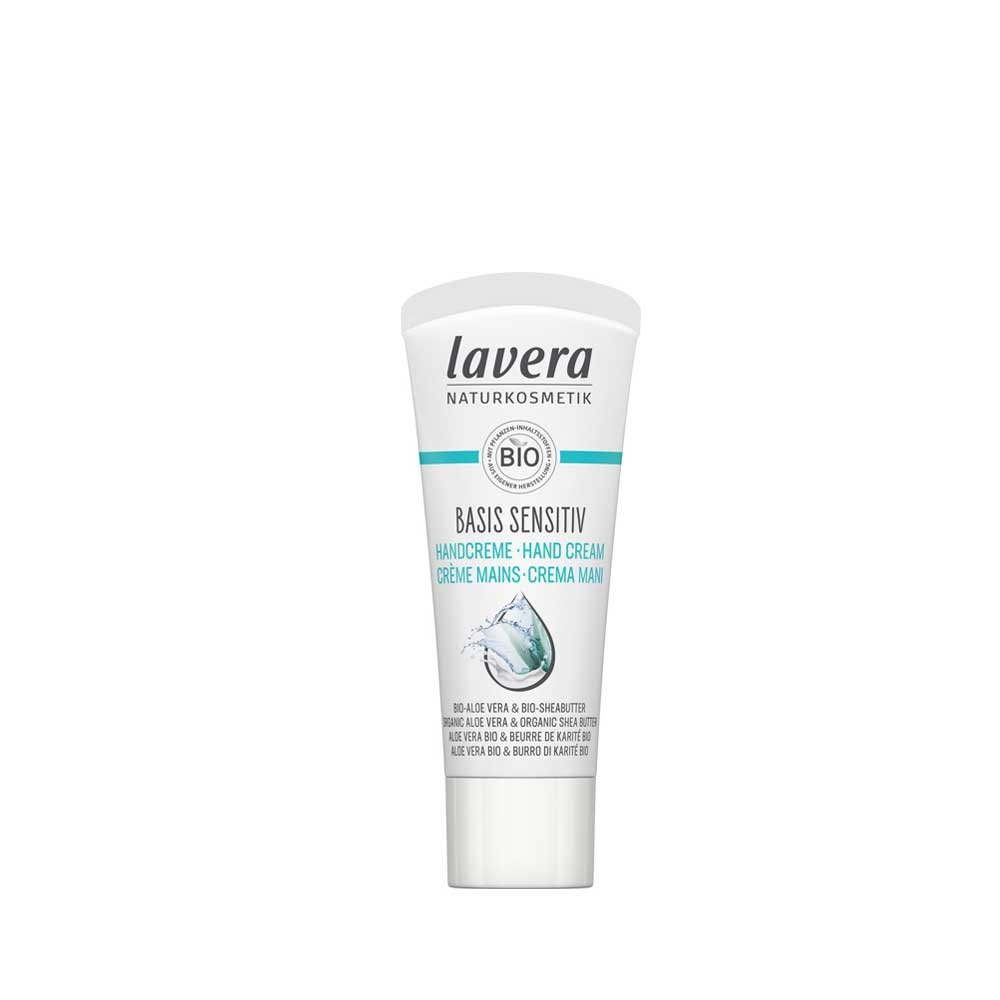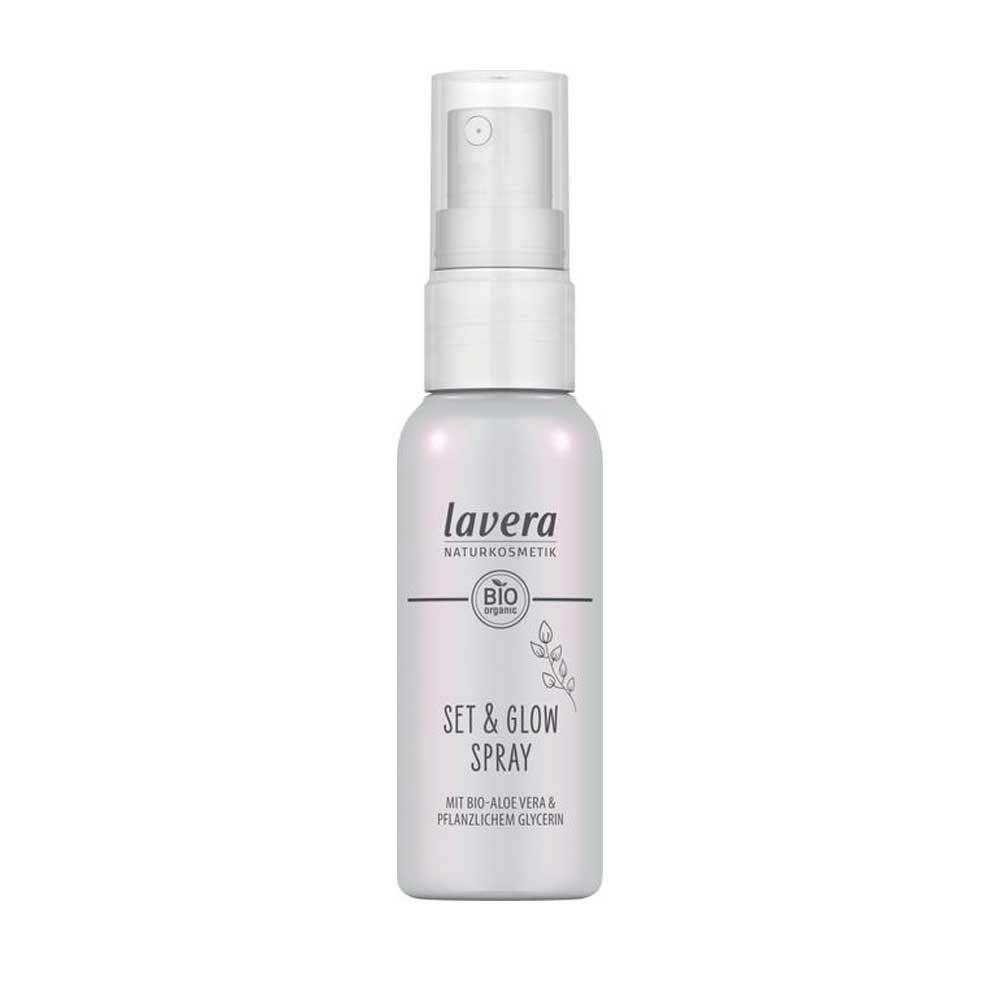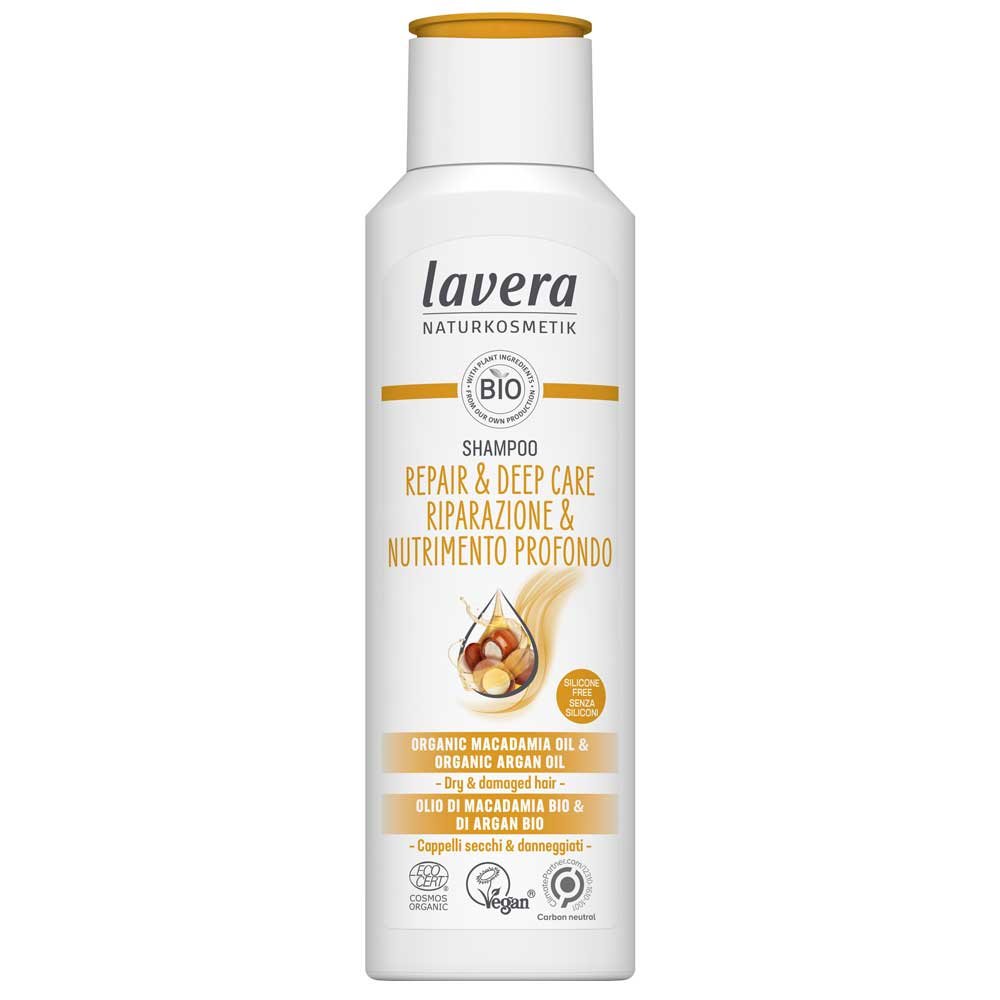Foundation Basics
Pick the right makeup with the lavera foundation chart
Getting your makeup right is easy if you know how! We will show you the basics for a fresh, naturally beautiful complexion with our foundation chart. Find out how to apply your foundation properly, how to make it last longer, which concealer is right for you, and why the right skin care is the basis for any makeup!
Finding the right foundation for your skin type
Regardless of whether you prefer a natural or dramatic look: Makeup that settle into lines, dries out your skin or leaves your forehead excessively shiny is easy to avoid.
If you have dry skin, foundation may cause additional dryness or a cakey look. To achieve a radiant complexion, it is important to properly prepare the skin first. To do this, use a moisturising foundation or a tinted day cream with an extra dose of moisture, such as our Mineral Skin Tint, which combines skin care in the form of its active ingredient complex with a hint of colour. It also contains many minerals and vitamins for a natural-looking complexion with just a hint of colour and moisturising care.
Oily and combination skin tend to be prone to a shiny T-zone. The lavera Cream To Powder Foundation has a lightweight texture which is not too ‘waxy’ (as this can cause excess shine), glides on easily and provides natural coverage.
Blemished skin is prone to pimples, which can be covered with foundation or more selectively with a cover stick. Formulated with organic witch hazel, the Cover & Care Stick from lavera is particularly suitable, as it not only covers blemishes but also prevents inflammation.
A medium to high coverage foundation such as the lavera Hyaluron Foundation is particularly suitable for covering redness, imperfections and pimples.
Oily and combination skin tend to be prone to a shiny T-zone. The lavera Cream To Powder Foundation has a lightweight texture which is not too ‘waxy’ (as this can cause excess shine), glides on easily and provides natural coverage.
Blemished skin is prone to pimples, which can be covered with foundation or more selectively with a cover stick. Formulated with organic witch hazel, the Cover & Care Stick from lavera is particularly suitable, as it not only covers blemishes but also prevents inflammation.
A medium to high coverage foundation such as the lavera Hyaluron Foundation is particularly suitable for covering redness, imperfections and pimples.
Makeup sponge, brush or finger: How to apply foundation properly
When it comes to the ‘tools’ you use to apply your foundation and concealer, there is no right or wrong.
Although it does depend on the type of makeup you are using: for example, powder is difficult to apply with your fingers, so that it is best to use a brush. But it is also a matter of personal preference: if you use a high-coverage foundation, using a damp makeup sponge will achieve a more natural and radiant finish. You can then build up the coverage to your liking.
In contrast, using a makeup brush will instantly achieve higher opacity. For a natural finish, many makeup artists favour using a tool which is readily available: their fingers. Warming the makeup with the fingers makes it easier to apply.
Important: Make sure you clean your makeup sponges and brushes regularly, as makeup residue, flakes of skin and sebum provide an ideal medium for bacterial proliferation. You should therefore clean your brushes roughly every two weeks to avoid blemishes and redness. Simply lather your makeup brush or sponge with a gentle shampoo in the palm of your hand, rinse and repeat until all makeup residue is gone. Then just gently blot the brush or sponge with a towel and let it dry.





